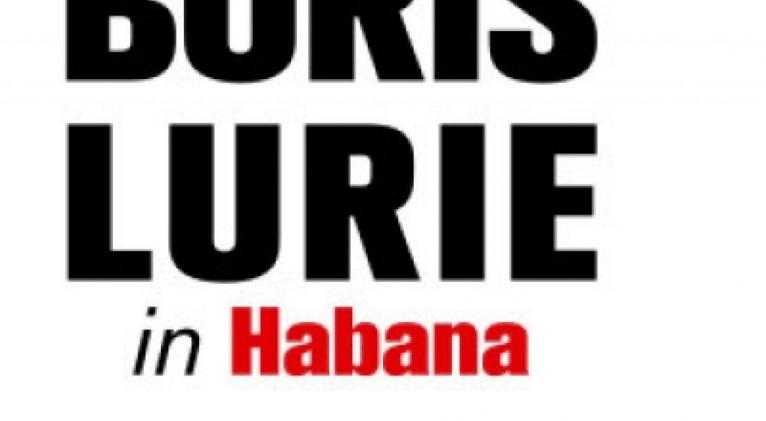Boris Lurie returns to Havana
especiales

Antiestablishment, questioner and avant-garde par excellence, Lurie arrives in Havana thanks to the united wills of the foundation bearing his name and the Fine Arts National Museum (MNBA by its Spanish acronym).
The artist loved Cuba with the deepest and most lasting affection: the one born from admiration and respect, thus claim specialists and connoisseurs of the work by Boris Lurie, a creator who was born in Leningrad in 1924 and lived in New York until his death in 2008.
The island repays him these days with an anthological exhibition that will remain open until November at Universal Art Building of the National Museum of Fine Arts in Havana, a collection that, according to Gertrude Stein, Chairwoman of the Boris Lurie Art Foundation (BLAF), is the greatest homage paid to the artist.
Antiestablishment, questioner and avant-garde par excellence, Laurie arrives in Havana thanks to the united wills of the foundation bearing his name and the Cuban museum, or rather: he returns, because the artist visited Havana in 1959 and fell in love with this country, where he is back through a work that has been described by the exhibition’s organizer as “pure, beautiful, sincere, in which the humanism of Boris Lurie is pretty well reflected”.
The themes approached in the exhibition are very diverse, such as Israel, the holocaust Lurie suffered on his own flesh because of his Jewish origin, his exhaustive look at the United States and a reflection on what America is and represents, but also the female body, beauty…
Boris Lurie, from his aesthetic and political stances against the artistic trends that prevailed between 1950 and 1970, created along with other colleagues, the so-called NO!art movement, openly critic to the ethical and aesthetical approaches it considered submitted to the market and lacking all political and social commitment.
Sexism, racism, imperialism and nuclear arms race were some of the urgent and non-commercial topics he promoted from his creative work, in statements published by the specialists of the National Museum of Fines Arts of Cuba, on the occasion of the exhibition, they explained:
“The result of these stances is a highly controversial work that aesthetically expresses itself in the terms of Neo-expressionism, and technically through collage among other means, using the holocaust imagery and objective elements of popular culture, such as advertisements, erotic photos or from noted political figures. Boris Lurie was against art critics, the collection policy of the big museums, so he was ignored by the world of art and galleries, and has remained as a great stranger to this day, in which BLAF is determined to enhance the work and life of Boris Lurie, preserving and promoting the works from the NO!art movement and organizing important exhibitions”.
The exhibition in Havana is a fact already, waiting at the transitional room on the first floor of the Universal Art Building of the National Museum of Fine Arts. In his words for the catalog, Jorge Fernández, director of that institution, concluded regarding the exhibited pieces and his author:
“The willingness of a man who did not let his time pass is in all. He drank it, provoked it and was not afraid to express what he thought. He travelled throughout many countries and never accepted Israeli citizenship, because he belonged to the world. Market’s success did not despair him. What can best represent him is the white cloth with a single word in red that closes a corner of the surface occupied by the fabric and that simply says Sold.
Lurie’s message is clear: Business is done when you decide to be an artist. The complexity lies in how you subvert behaviors and do not adapt yourself to the comfort of money or the homogeneity of the establishment”.
Translated by Jorge Mesa Benjamin / Cubasi Translation Staff













Add new comment